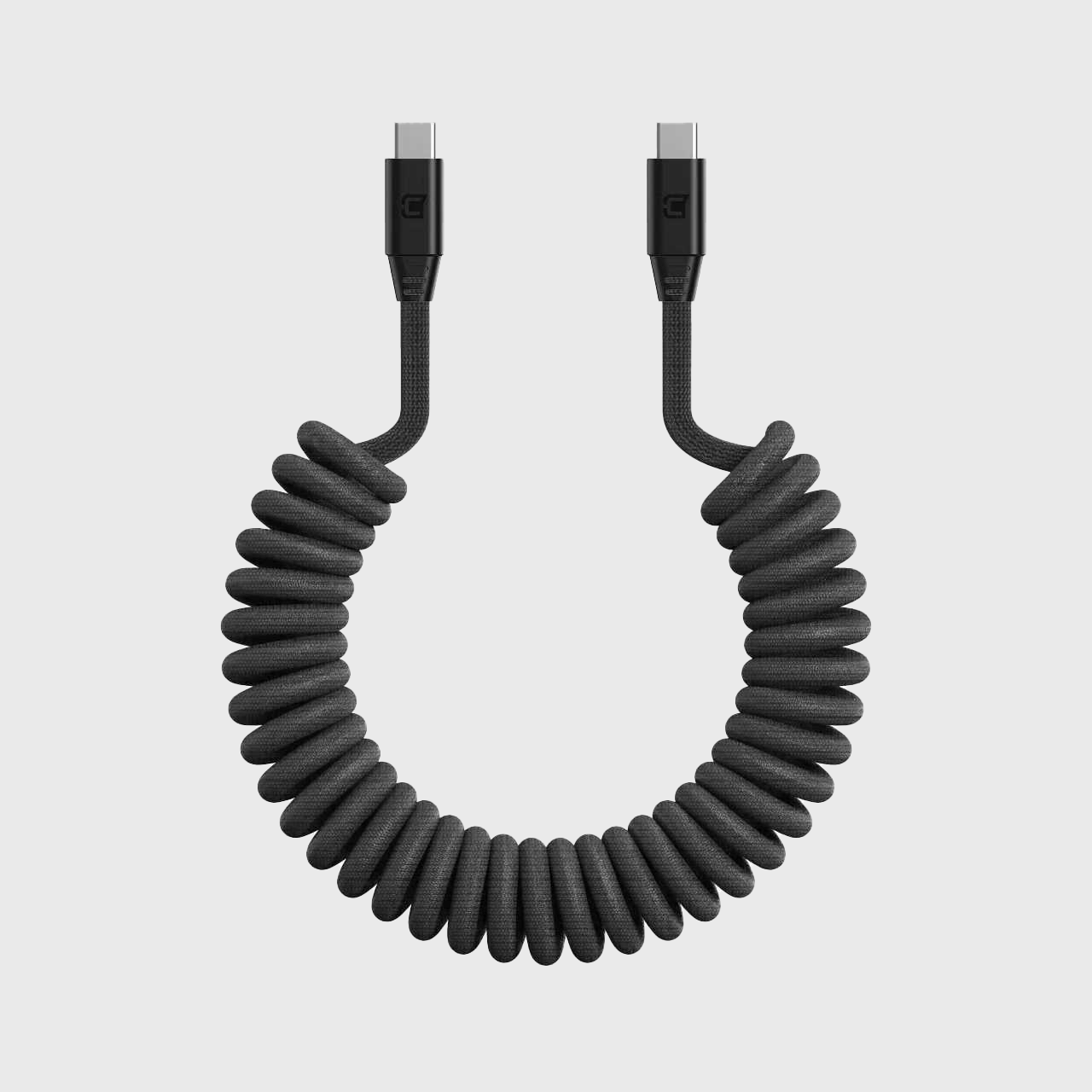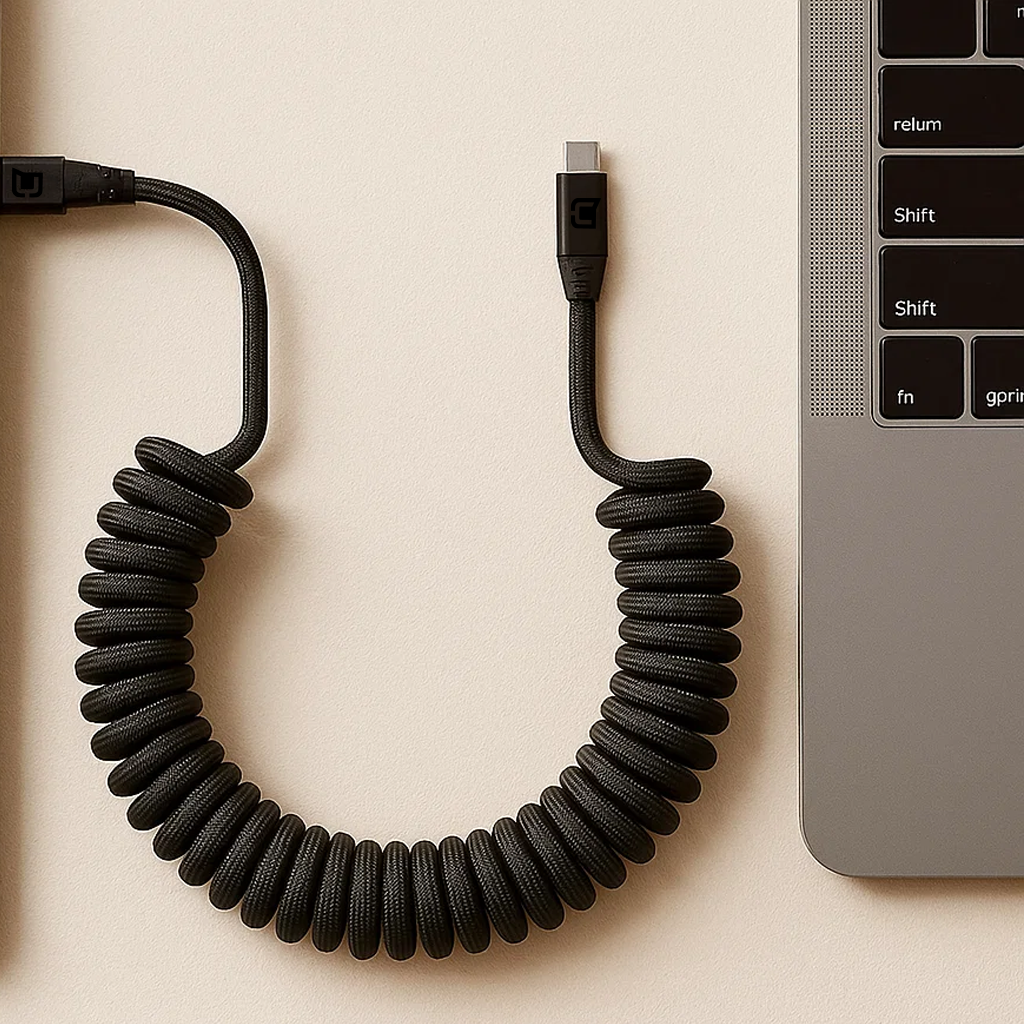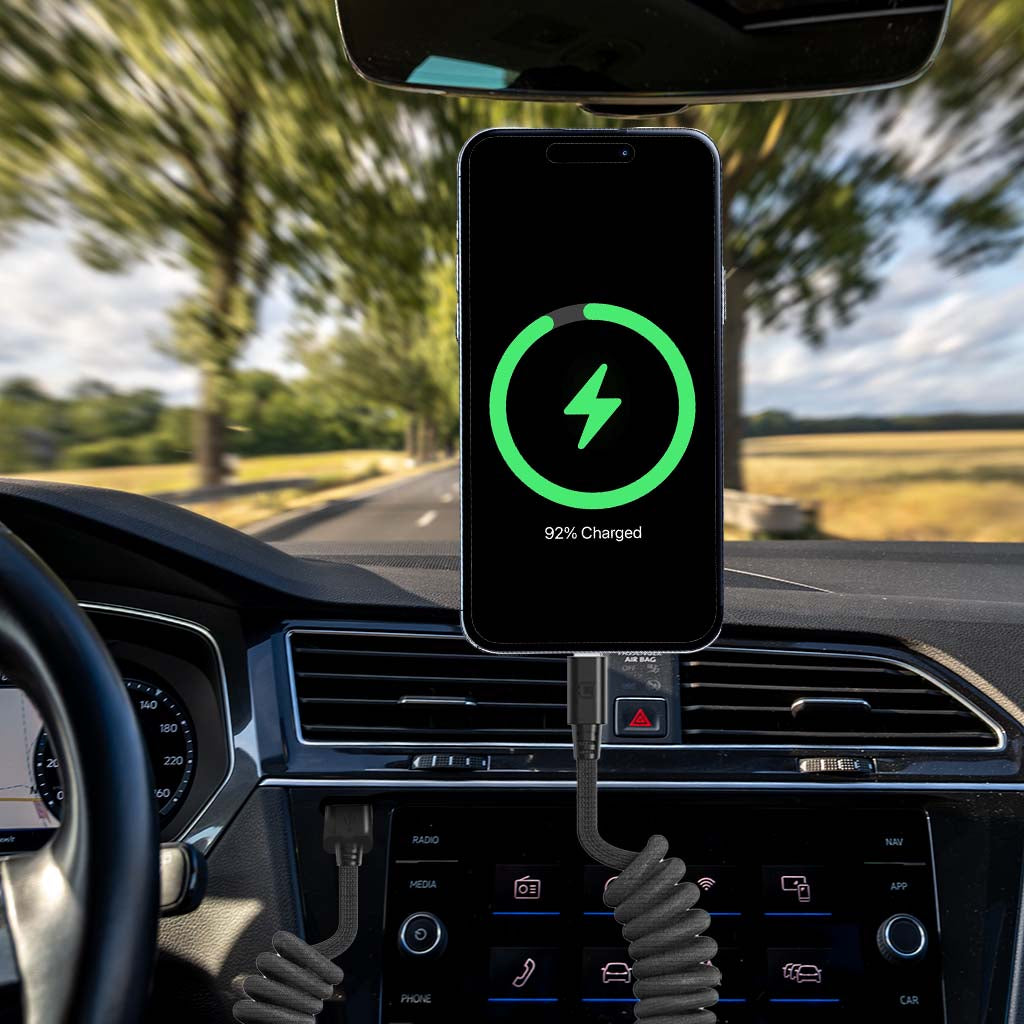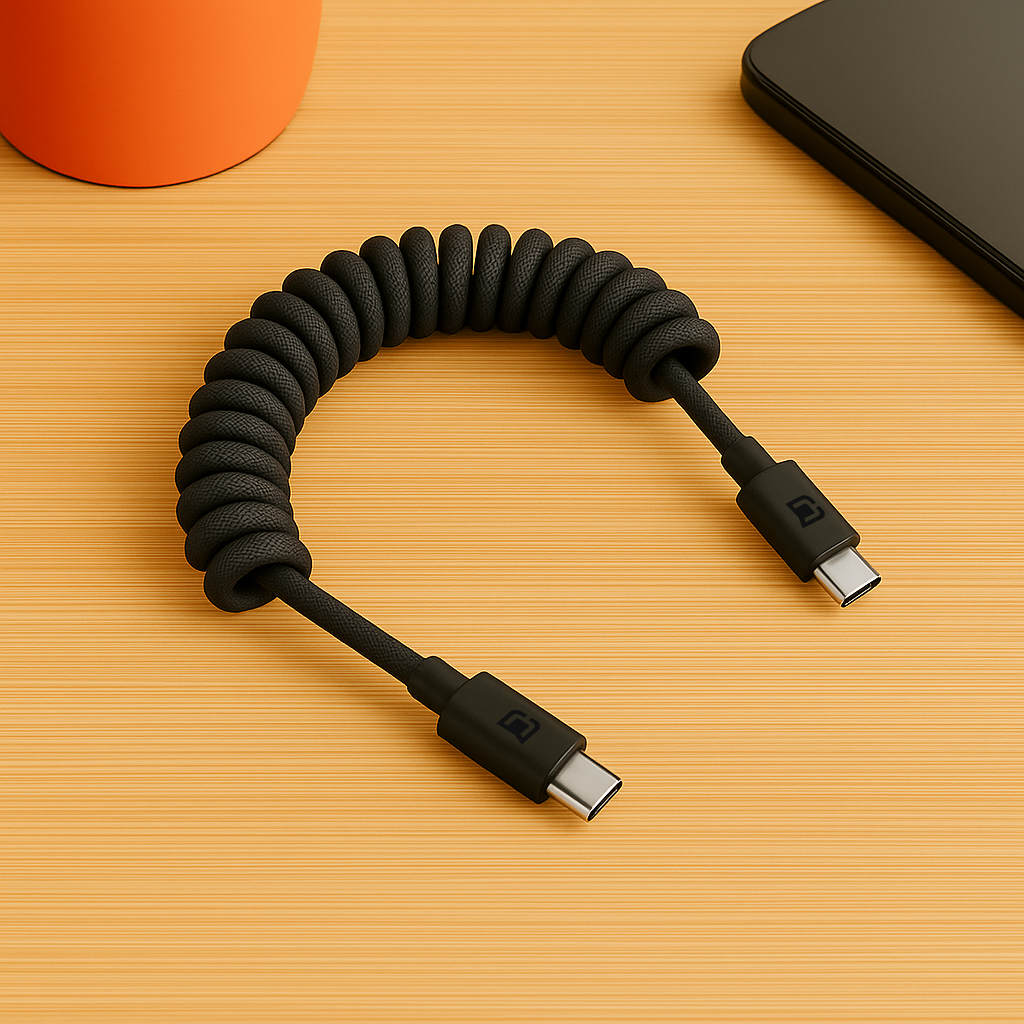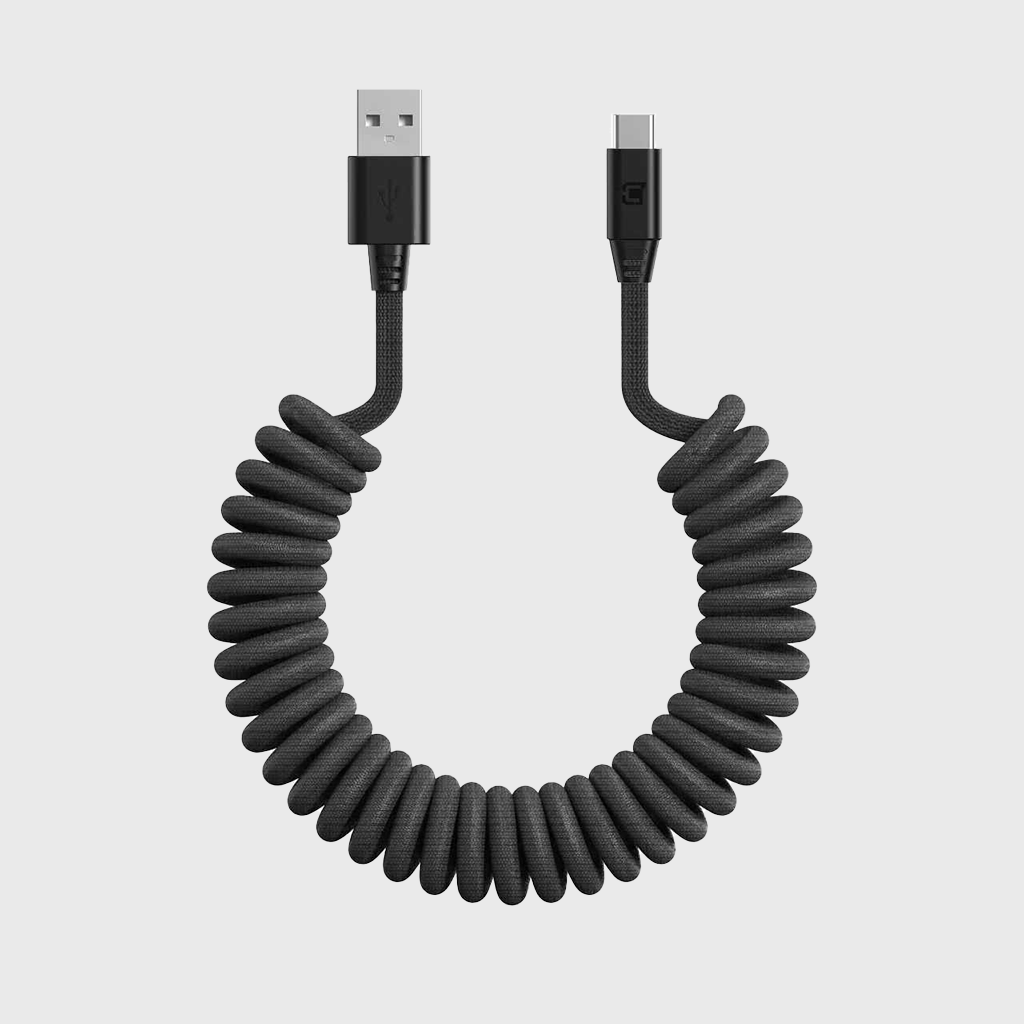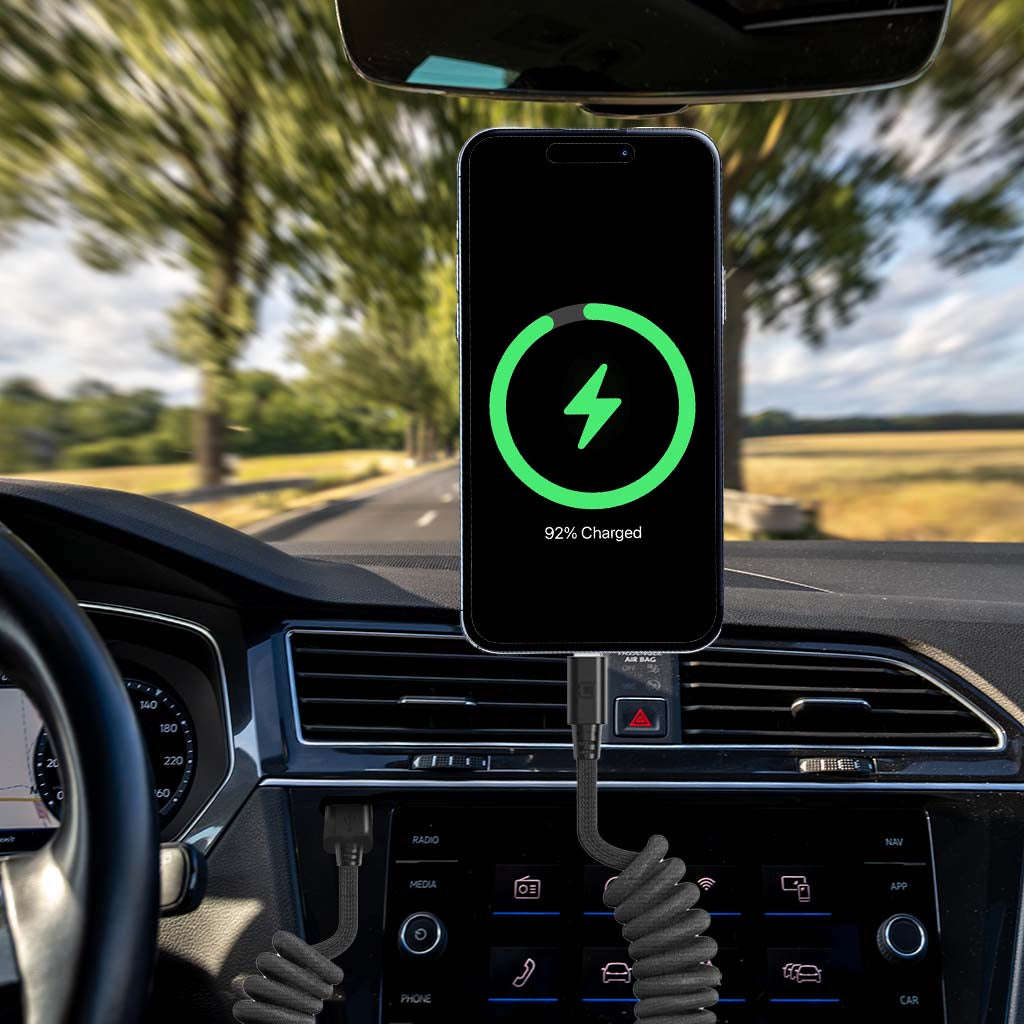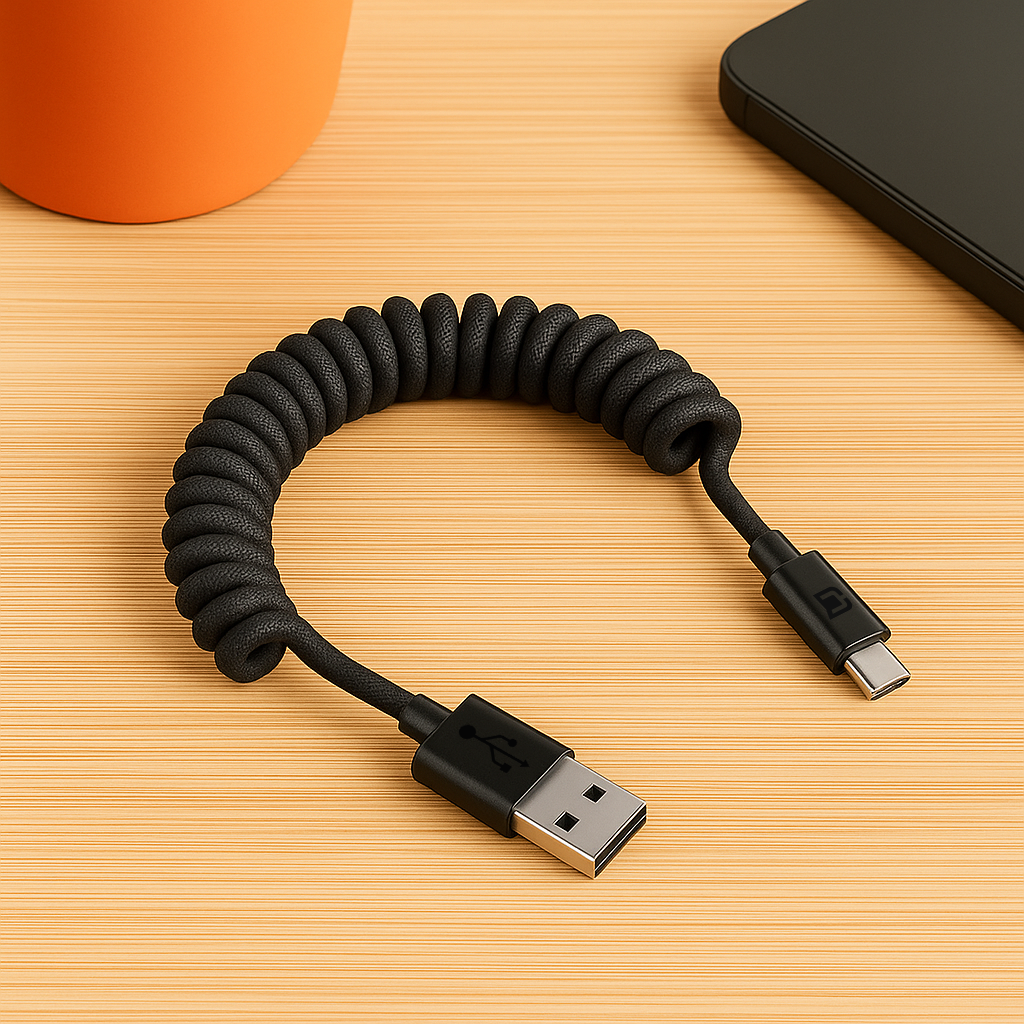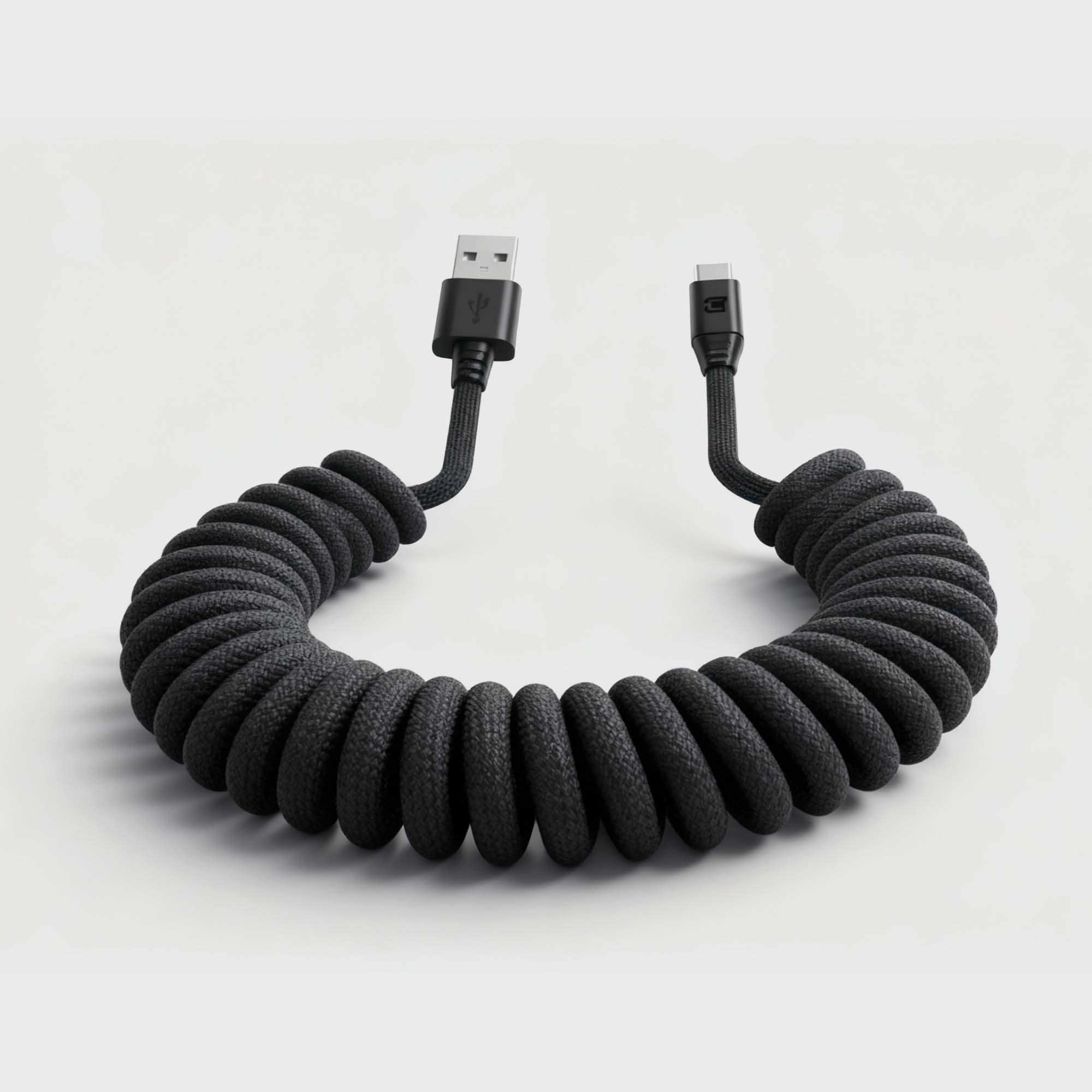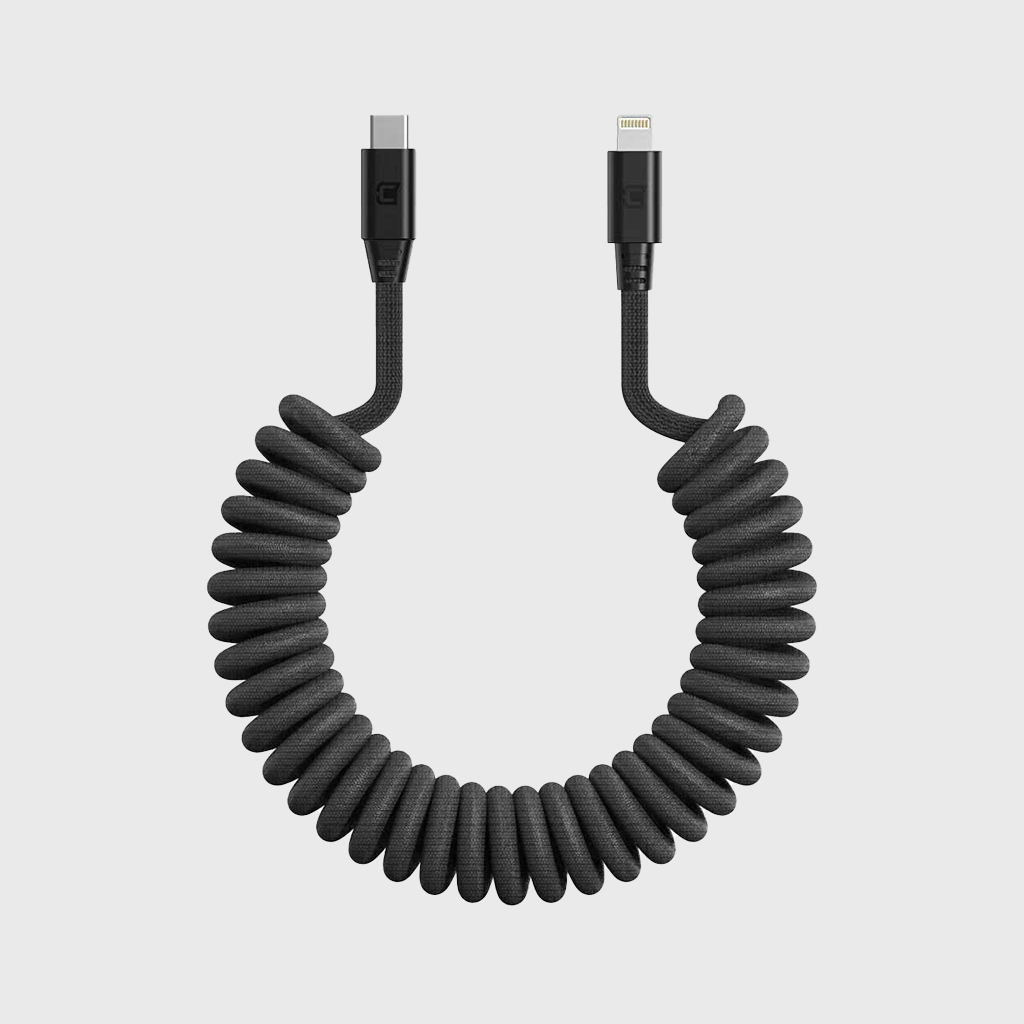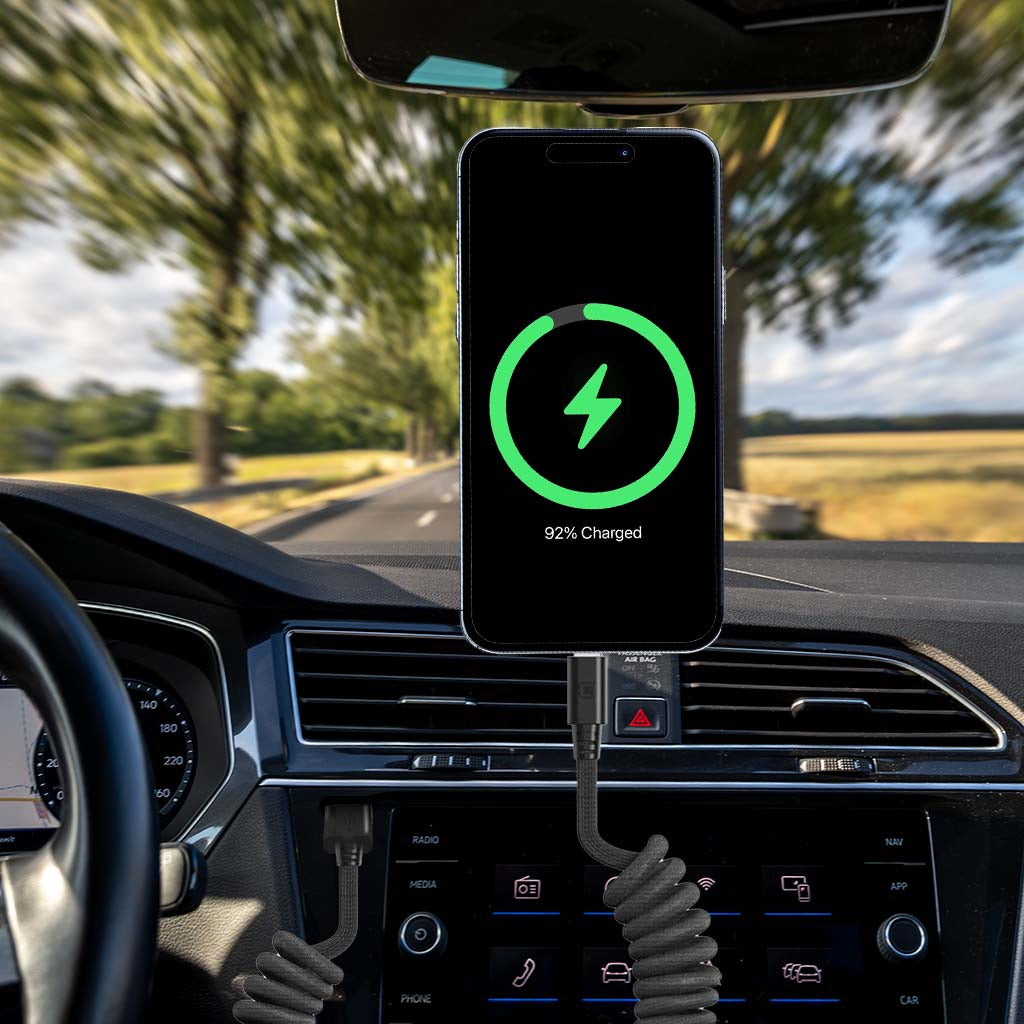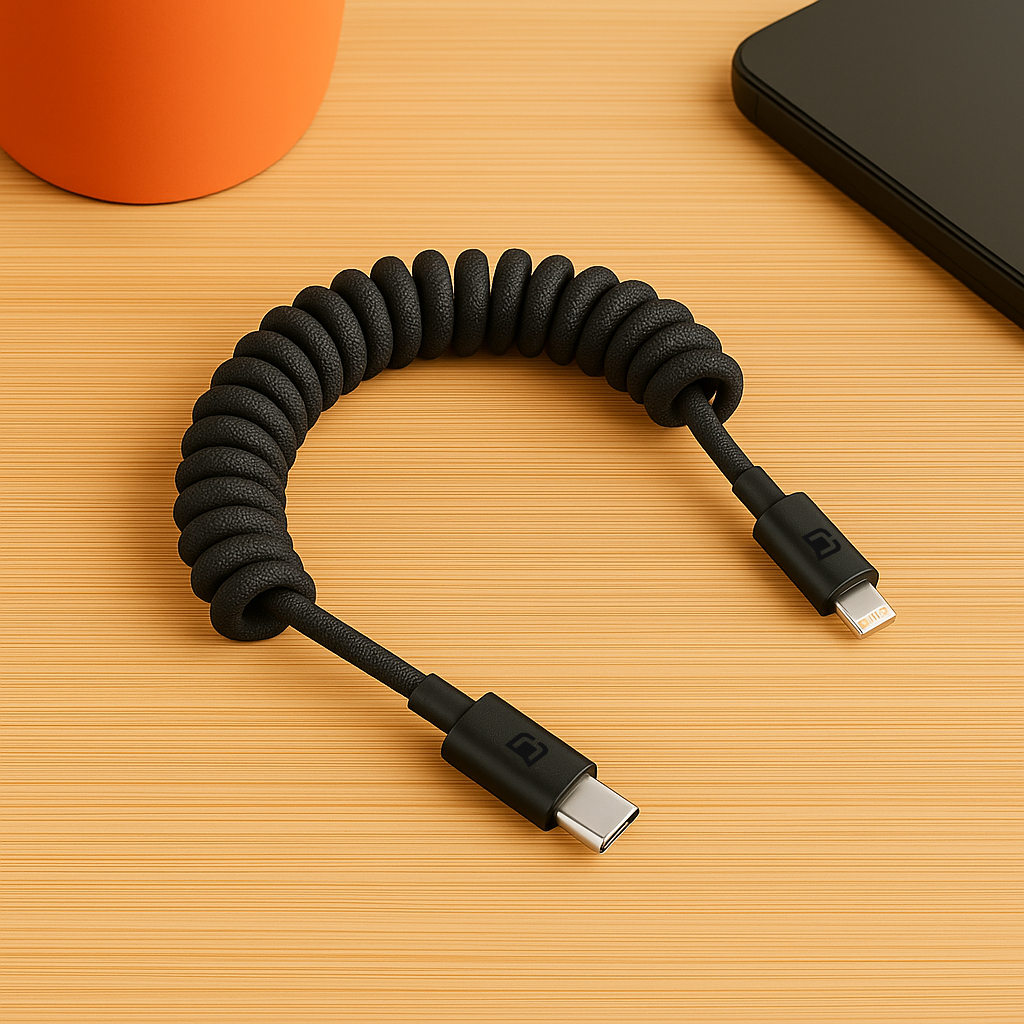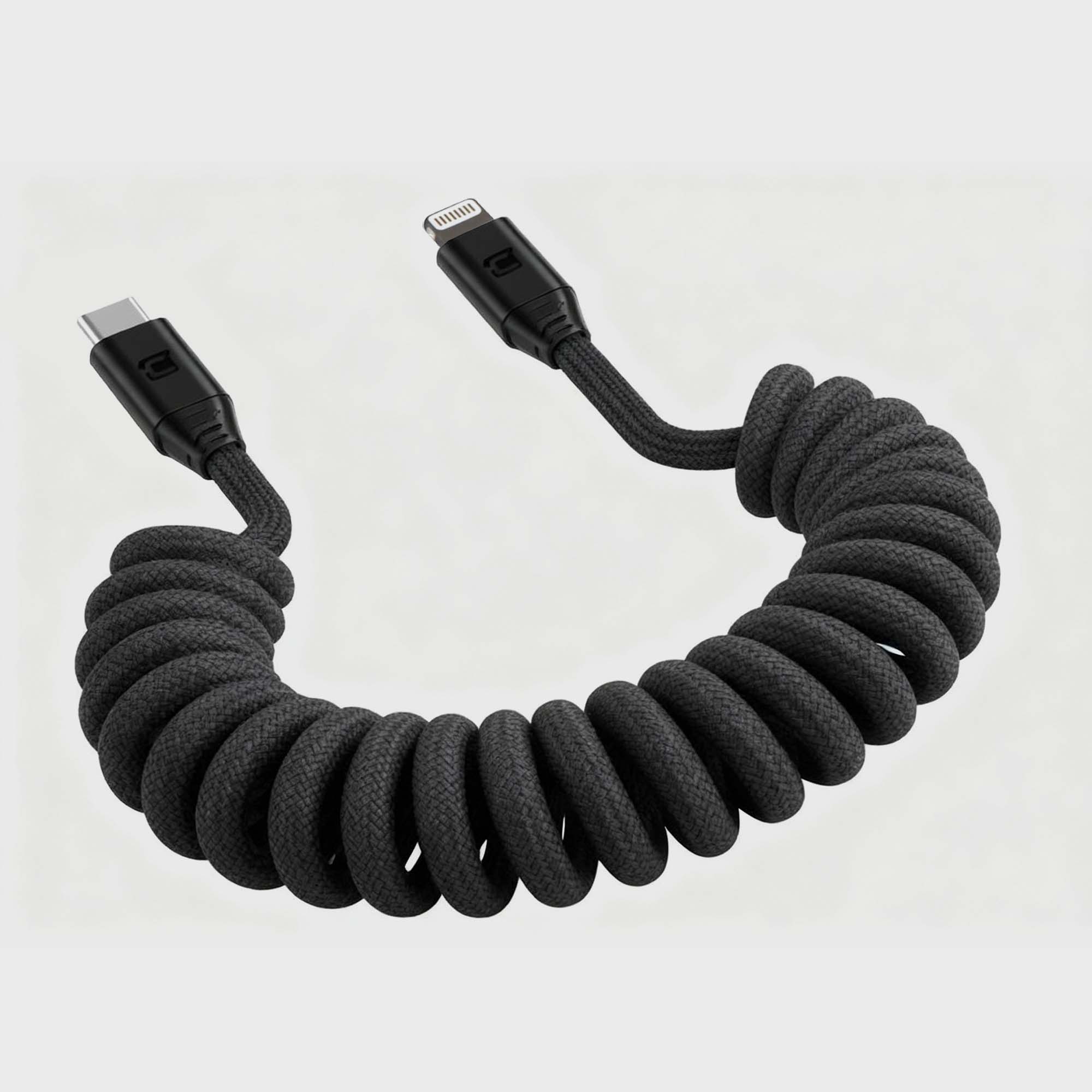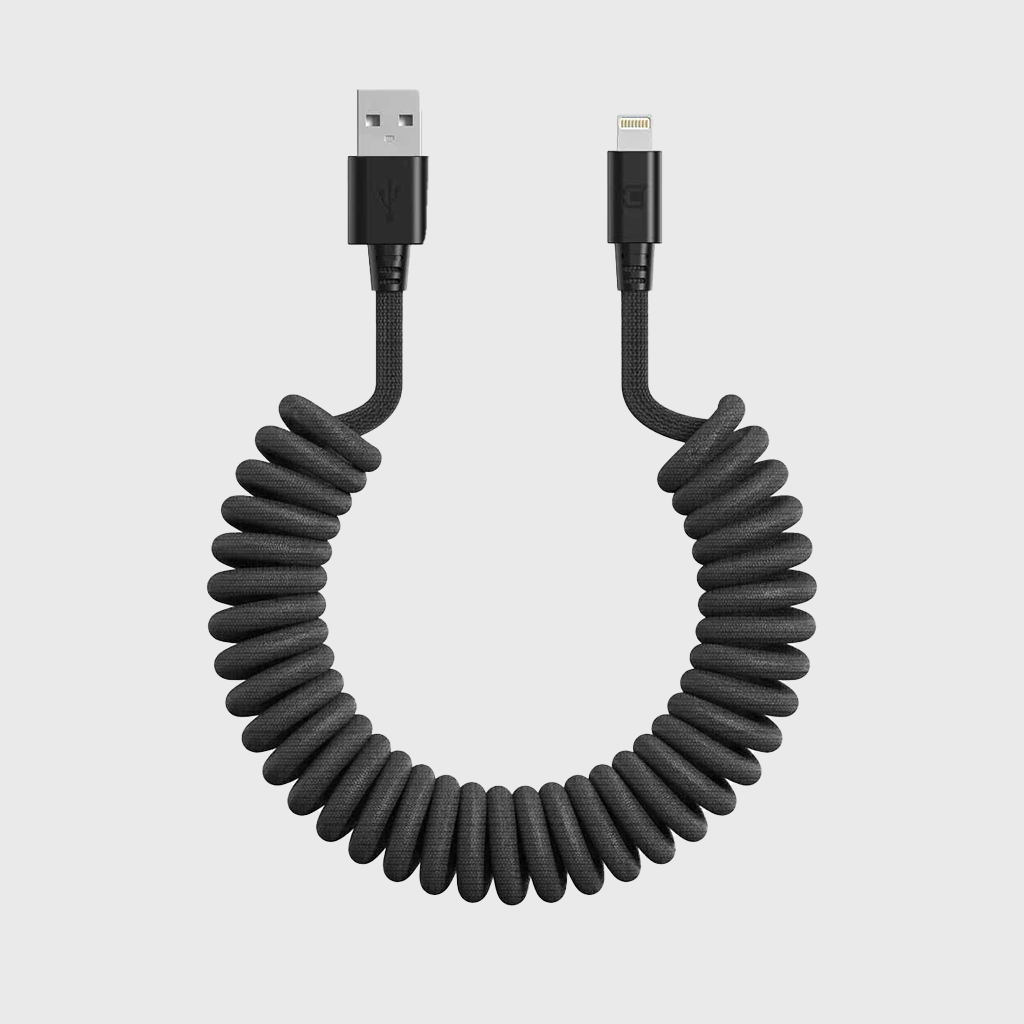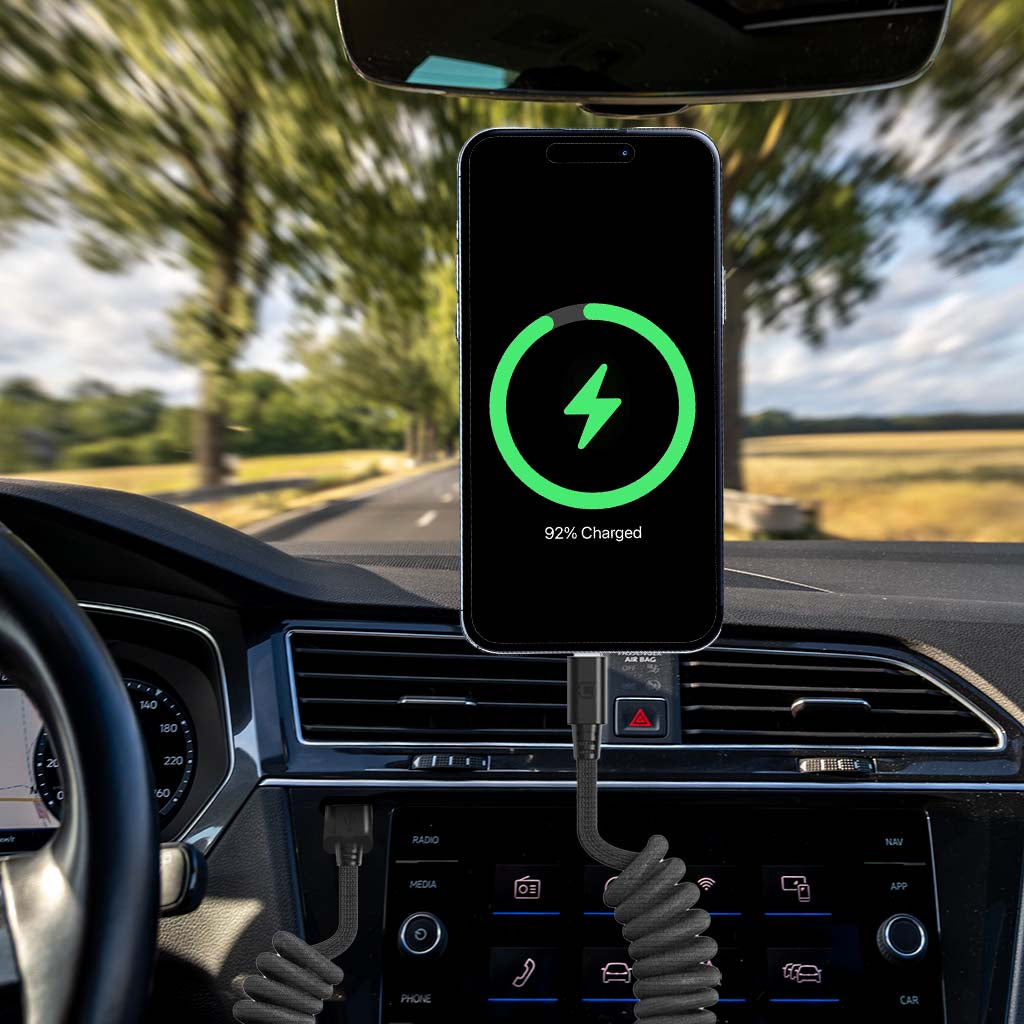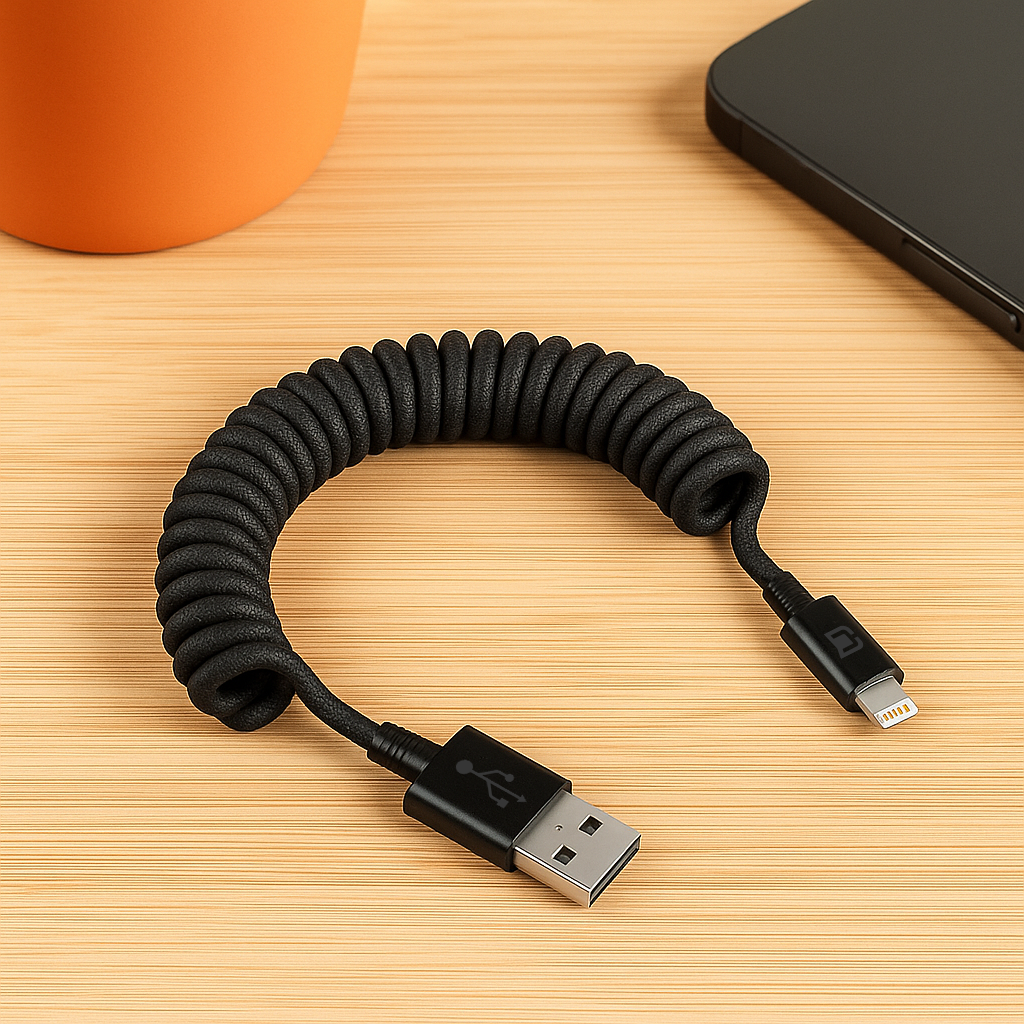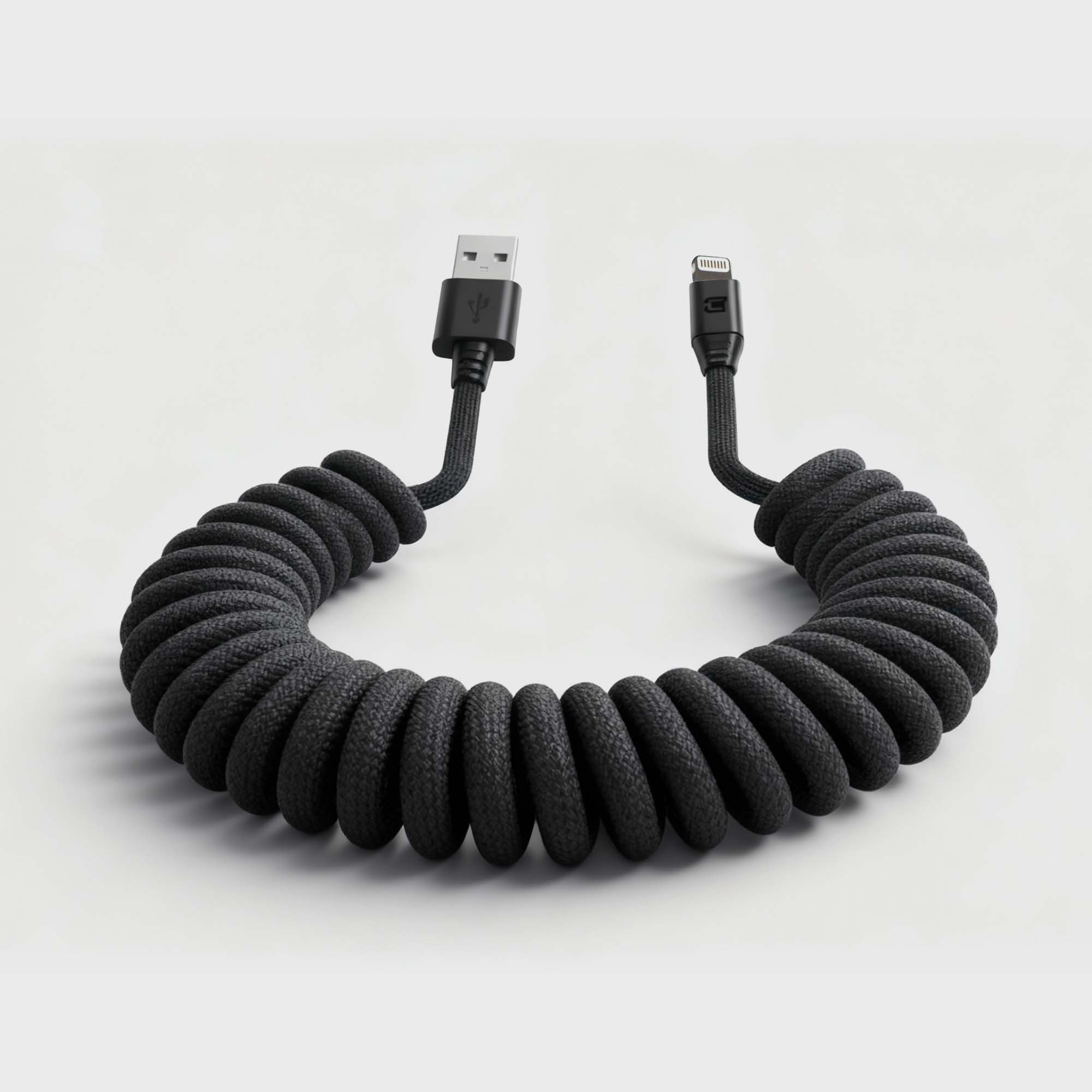Teenage drivers are more likely to be involved in accidents than any other age group. It's important to teach your teenager safe driving habits to help prevent accidents and ensure their safety on the road.
This article will provide safe driving tips and advice to help your teenager become a responsible driver.
The Importance of Safe Driving
Teenagers are at a higher risk of being involved in accidents due to their lack of experience and their tendency to take risks. Safe driving habits are crucial for their safety and the safety of others on the road.
As a parent, teaching your teenager the importance of safe driving and how it can prevent accidents is essential.
6 Top Safe Driving Tips
You can teach your teenager several strategies and tips for safe driving to help them become a safe driver. These include:
- Always wear a seatbelt.
- Avoid distractions while driving, such as texting or talking on the phone.
- Obey traffic laws and signals.
- Drive defensively and be aware of other drivers on the road.
- Practice driving in different weather conditions.
- Avoid driving under the influence of drugs or alcohol.
Teaching Responsibility
Teaching your teenager to be responsible is an integral part of safe driving. It includes setting rules and boundaries, such as limiting the number of passengers in the car and enforcing consequences for breaking the rules.
It also involves leading by example and modeling safe driving habits yourself.
Conclusion
Safe driving is crucial for teenagers to avoid accidents and stay safe on the road. As a parent, you can play an essential role in teaching your teenager safe driving habits and responsibility.
Following the tips and strategies outlined in this article can help your teenager become a safe and responsible driver.
Frequently Asked Questions
Q: What are the basic safe driving practices?
A: Safe driving practices include:
- Obeying traffic rules and regulations.
- Wearing a seatbelt.
- Avoiding distractions while driving.
- Maintaining a safe speed limit.
- Maintaining a safe following distance.
- Keeping your vehicle well-maintained.
Q: Why is it important to wear a seatbelt while driving?
A: Wearing a seatbelt is critical for your safety because it helps to protect you from serious injuries or death in the event of a crash. A seatbelt keeps you in place, preventing you from being thrown out of the vehicle, hitting the dashboard or the steering wheel, or colliding with other passengers.
Q: What are the most common causes of car accidents?
A: The most common causes of car accidents are distracted driving, speeding, drunk driving, reckless driving, and poor weather conditions. Other causes include fatigue, aggressive driving, and mechanical failure.
Q: How can I avoid distractions while driving?
A: You can avoid distractions while driving by avoiding using your phone, eating or drinking, or applying makeup while driving. Keep your eyes on the road, use hands-free technology, and plan ahead to avoid any potential distractions.
Q: What should I do if I'm involved in a car accident?
A: If you're involved in a car accident, you should first check yourself and others for injuries. Call the police and exchange information with the other driver. Take pictures of the accident and contact your insurance company to report the accident.
Q: How can I maintain a safe following distance while driving?
A: You can maintain a safe following distance by using the "two-second rule." Pick a stationary object on the side of the road and count the seconds it takes for the car in front of you to reach it. You should stay at least two seconds behind the vehicle in front of you.
Q: How can I prepare my vehicle for safe driving?
A: You can prepare your vehicle for safe driving by checking your brakes, tires, lights, and windshield wipers. Keep your car well-maintained and up-to-date on oil changes and other routine maintenance.
Q: What are safe driving tips for winter?
A: Here are some safe winter driving tips:
- Slow down: When driving in winter, reduce your speed for greater stopping distances.
- Keep a safe distance: Maintain a safe following distance between your vehicle and the one in front of you. It will give you more time to react if the other car suddenly stops or skids.
- Clear all windows: Before driving, clear all the snow and ice from your windows, mirrors, and lights to ensure maximum visibility.
- Check your tires: Make sure your tires are properly inflated and have adequate tread depth. Consider using winter tires designed for better traction in snow and ice if necessary.
- Brake carefully: Brake gently and in advance to avoid skidding. If you have antilock brakes (ABS), press down firmly and hold the pedal down, do not pump the brakes.
- Be aware of black ice: Black ice is a thin, transparent layer of ice that can be difficult to see, and it forms on roads that appear to be dry. Drive slowly and cautiously in areas with black ice, such as bridges and overpasses.
- Avoid sudden movements: Make all movements smooth and gentle, whether steering, accelerating, or braking.



